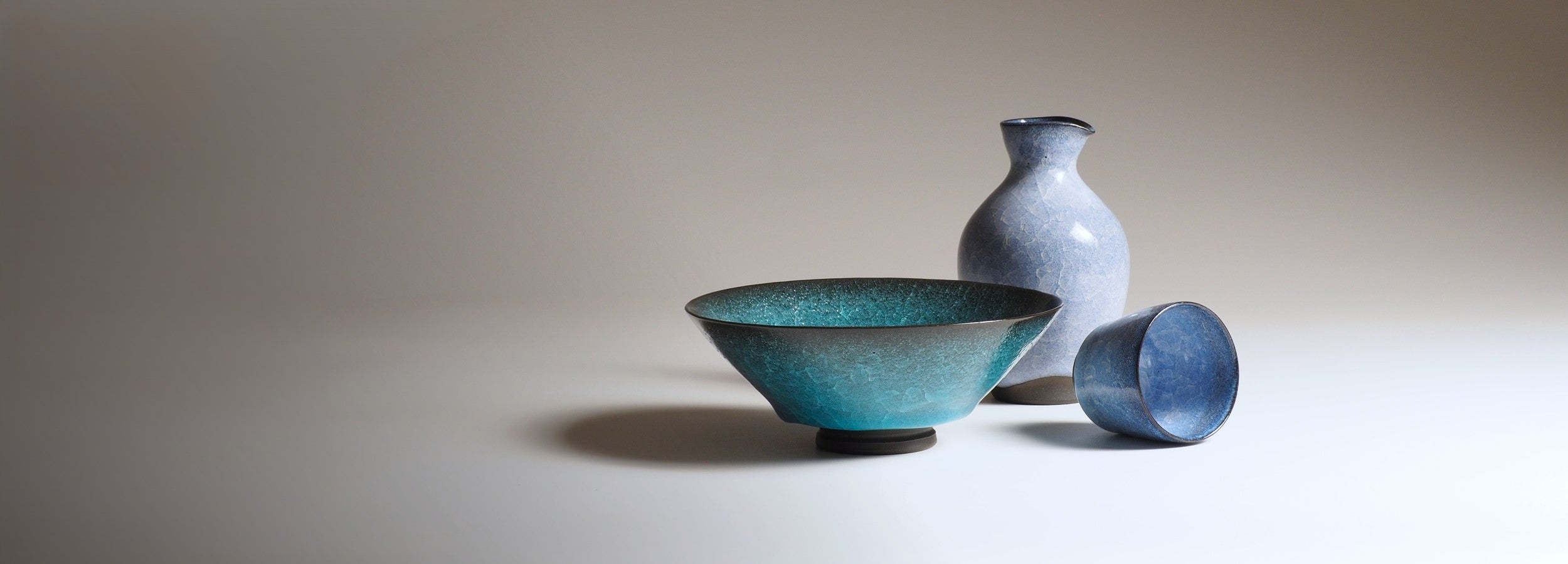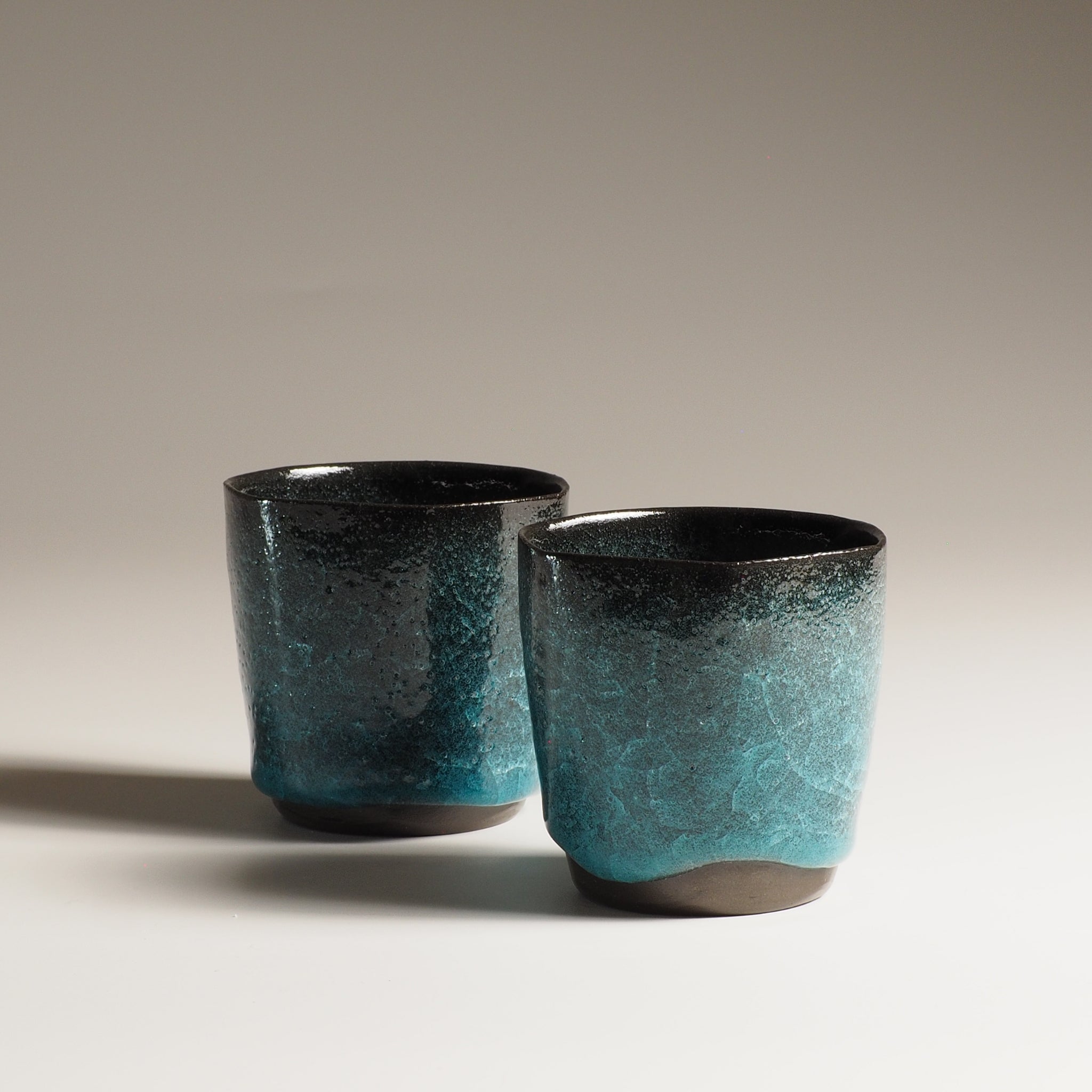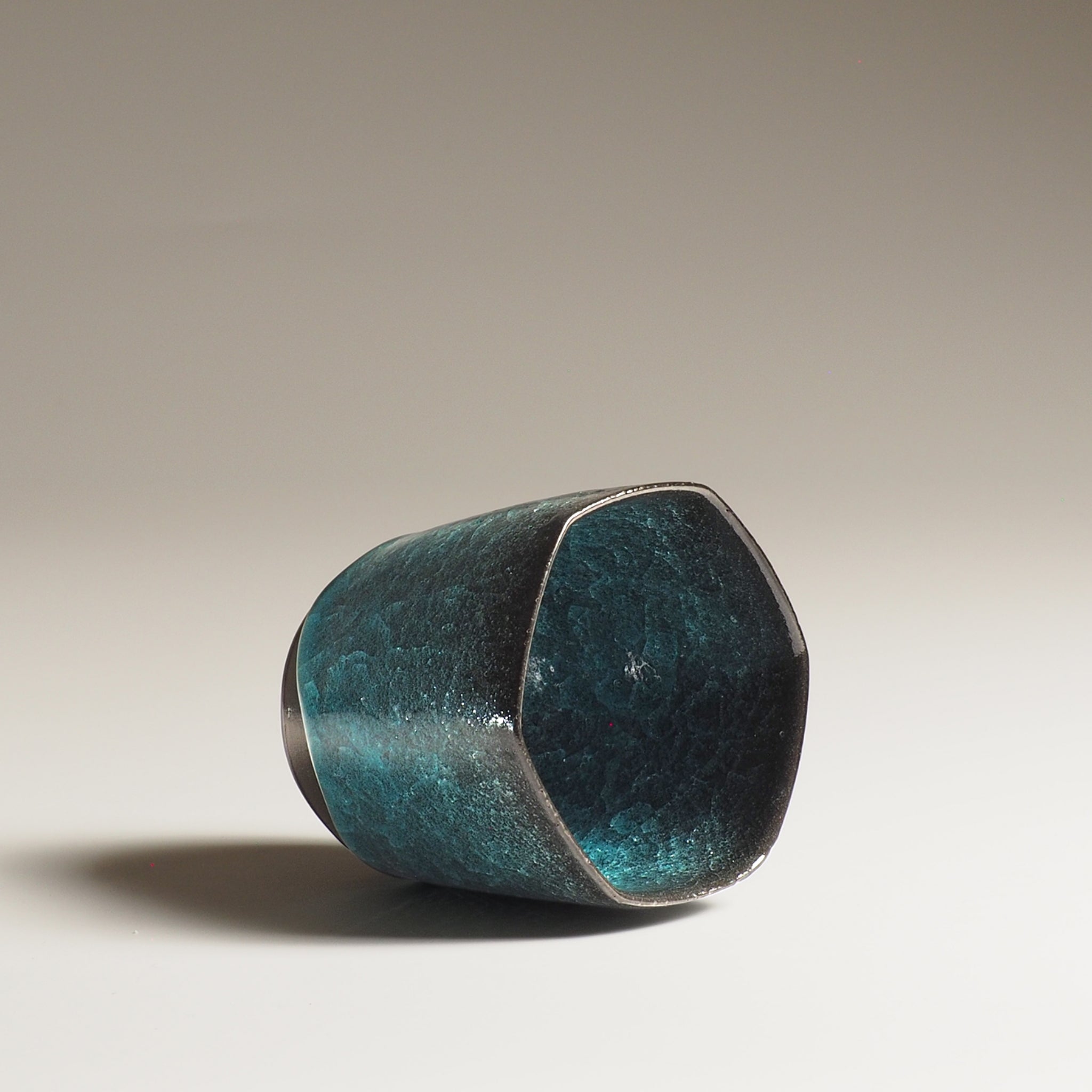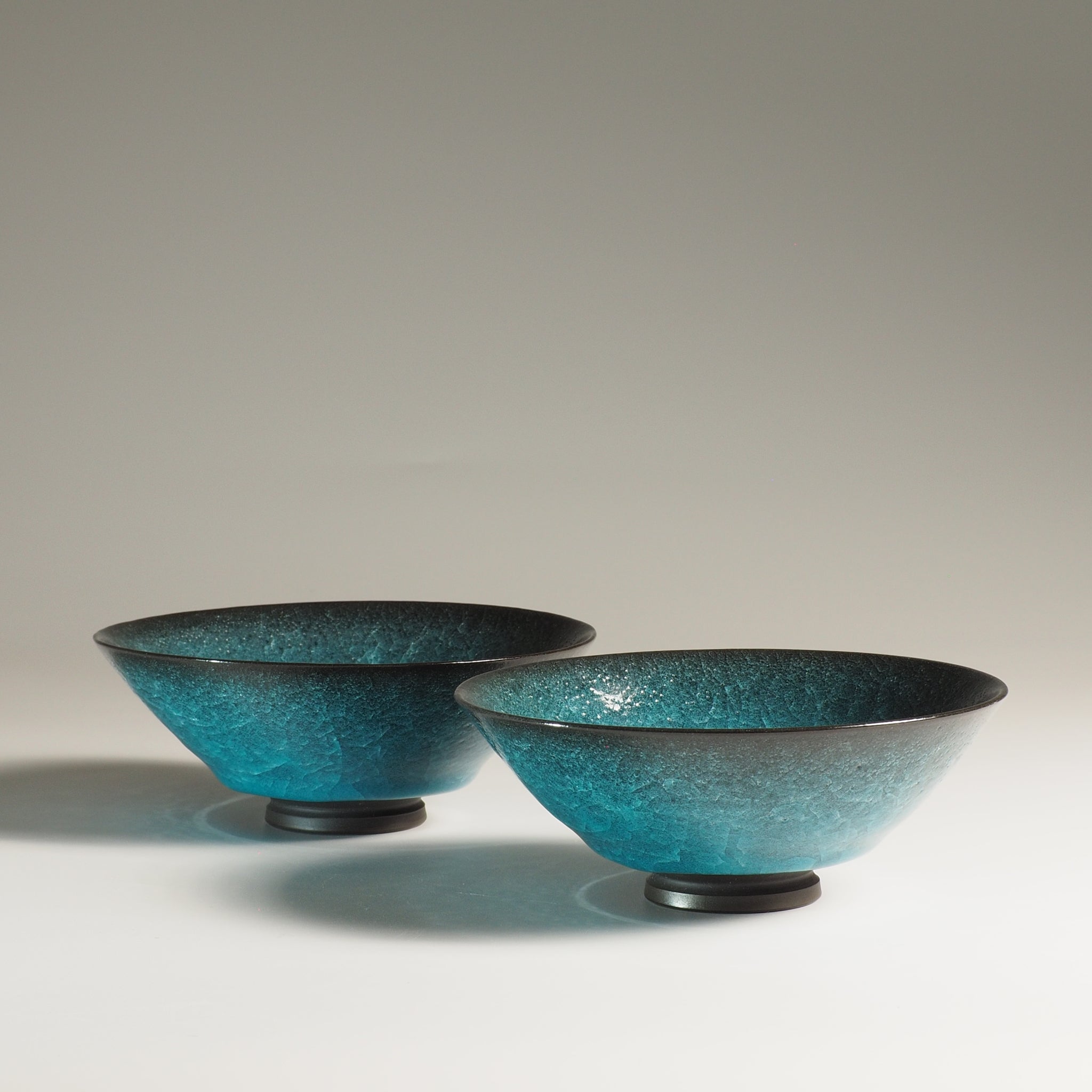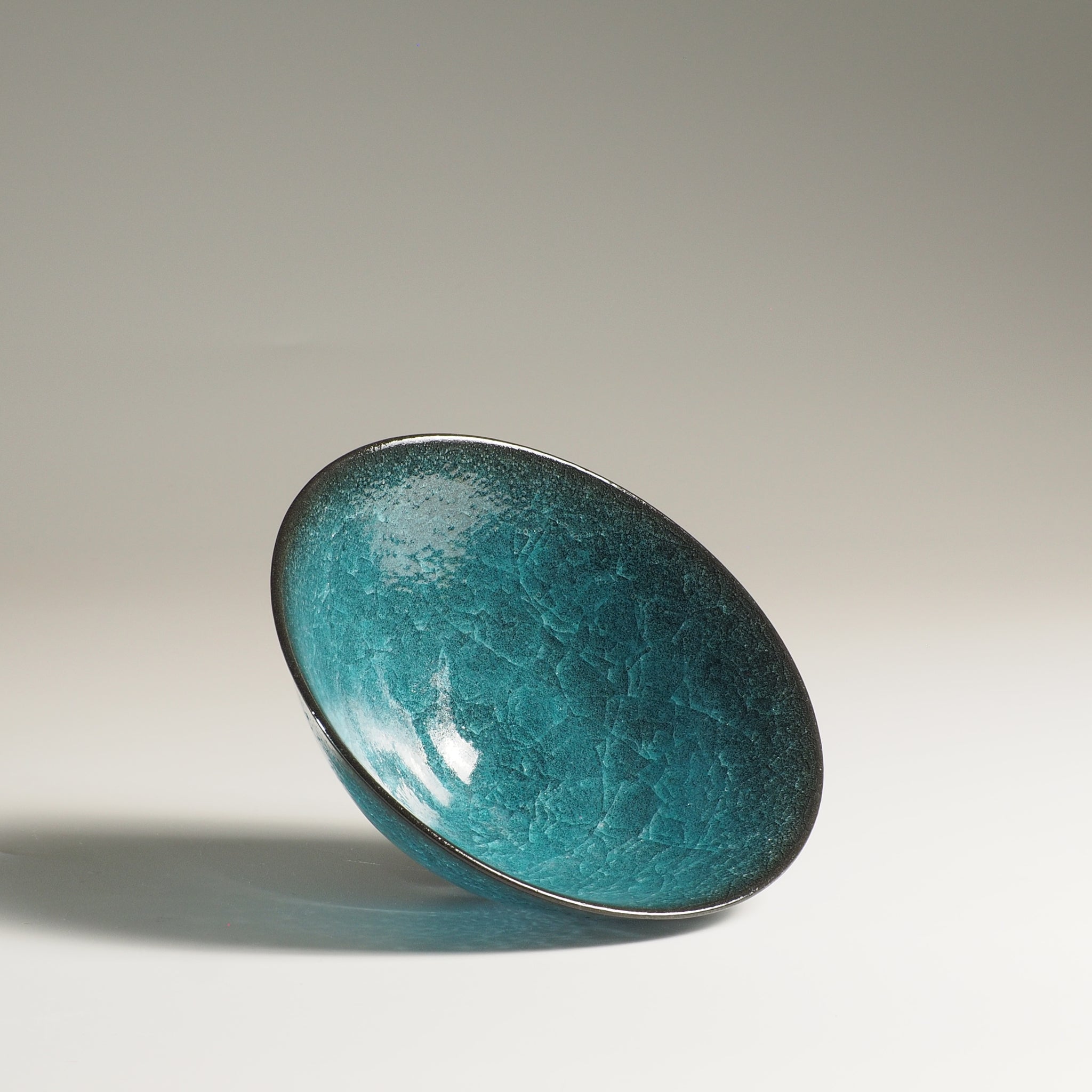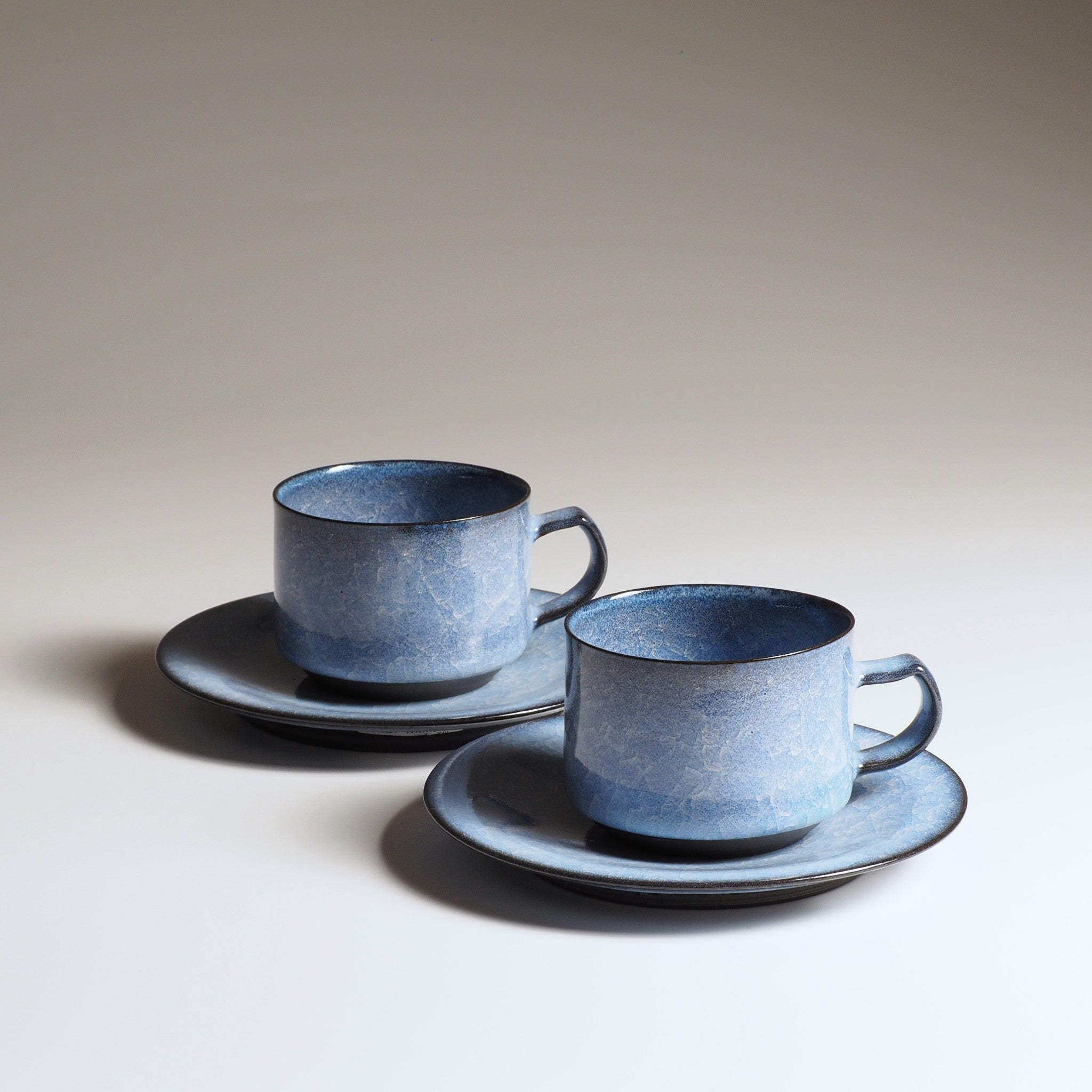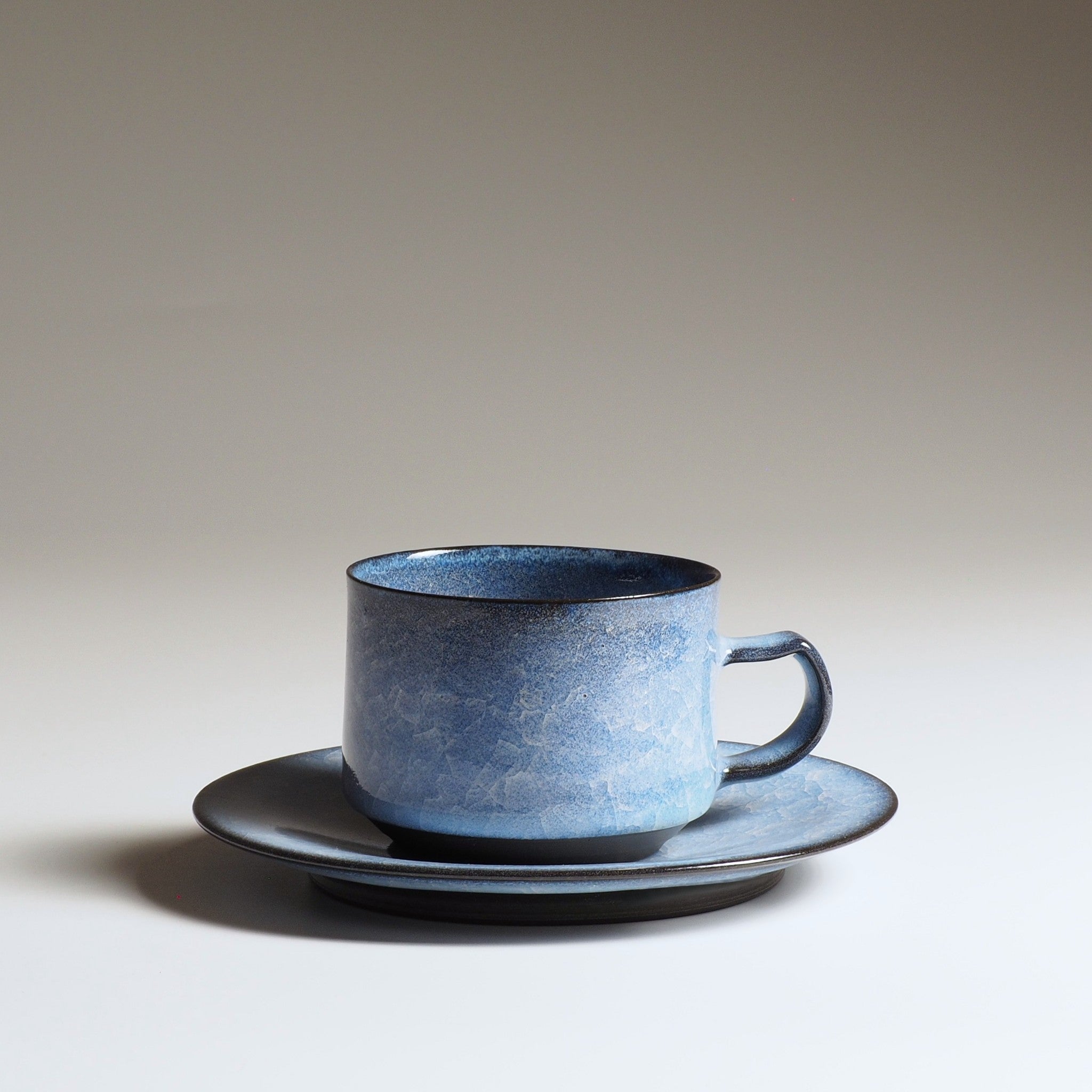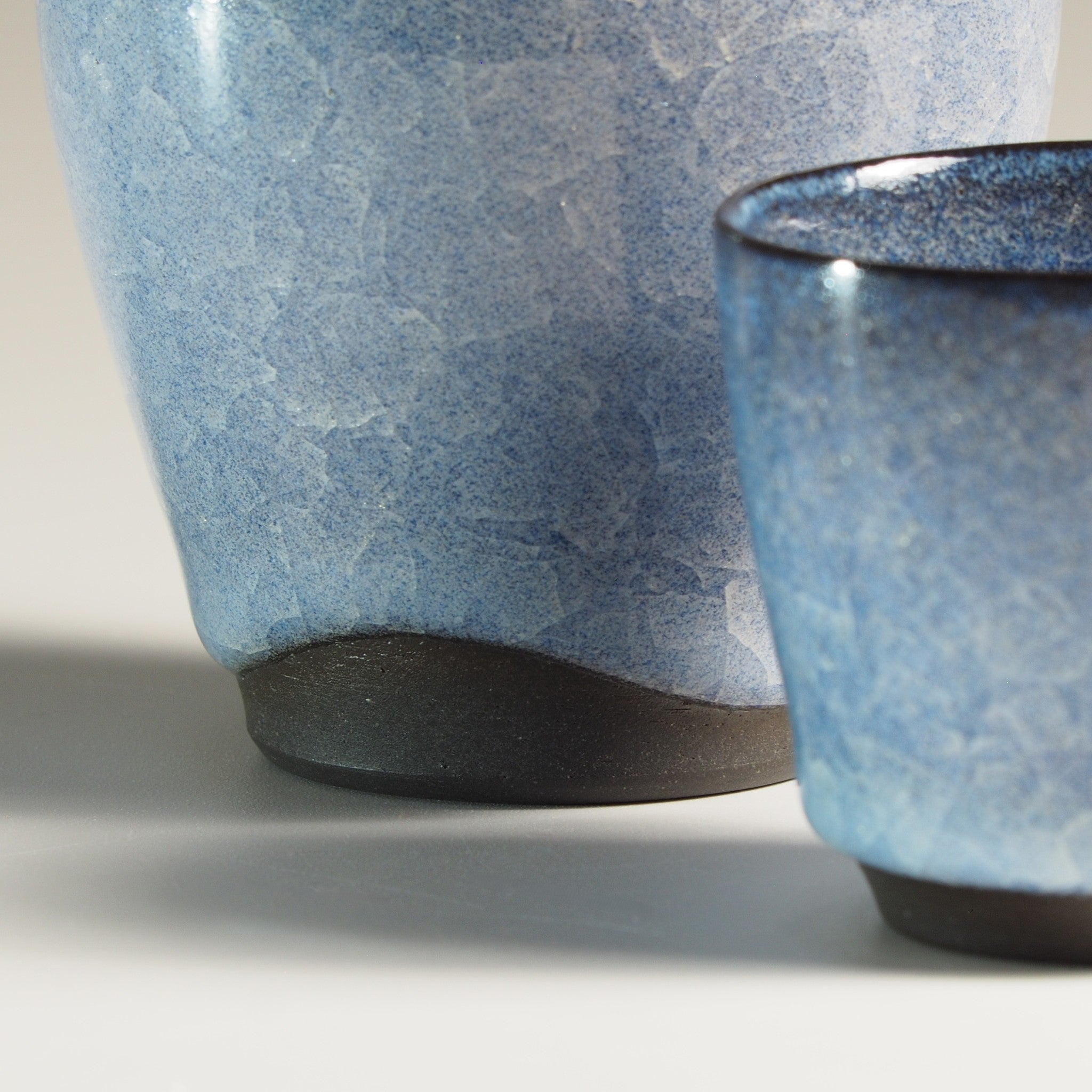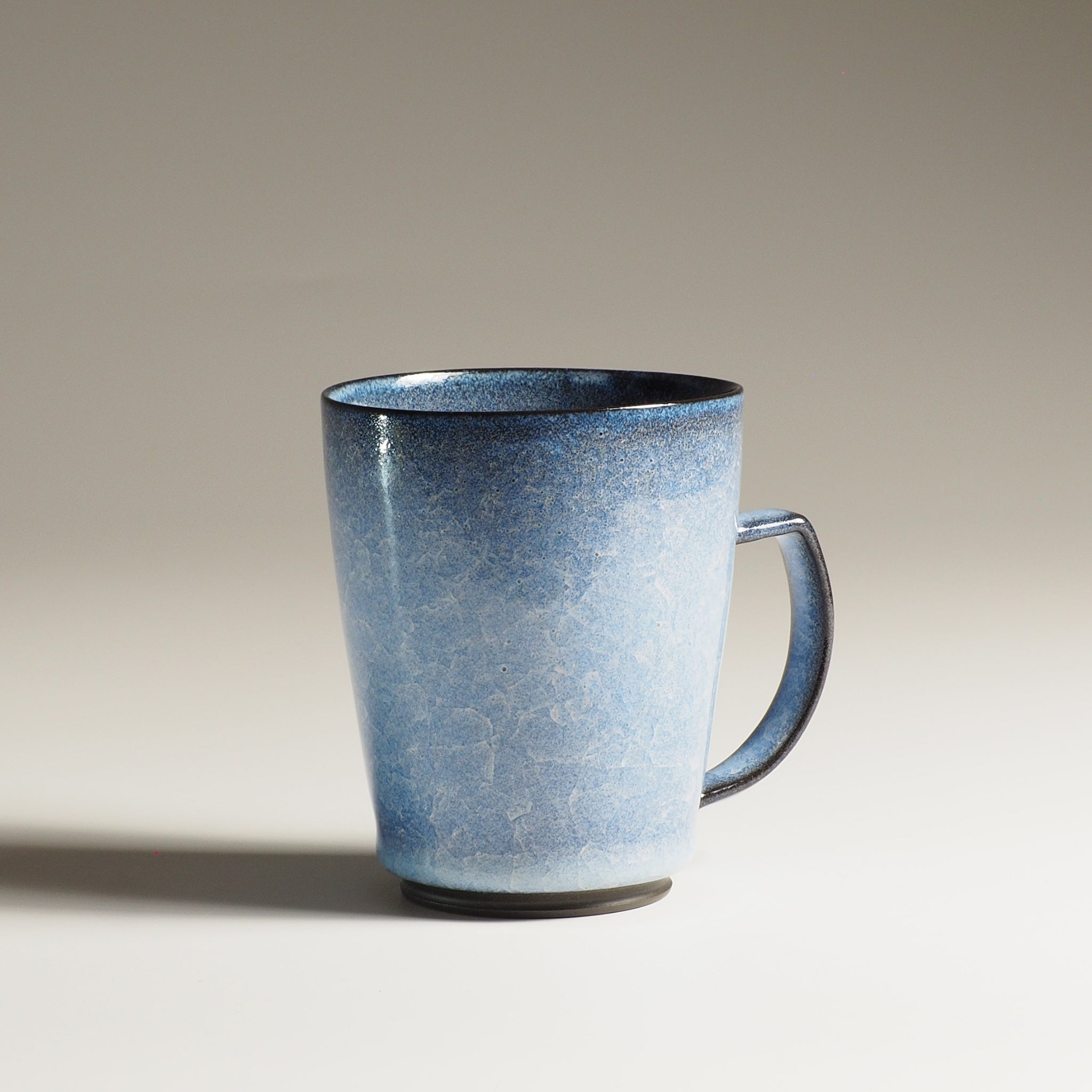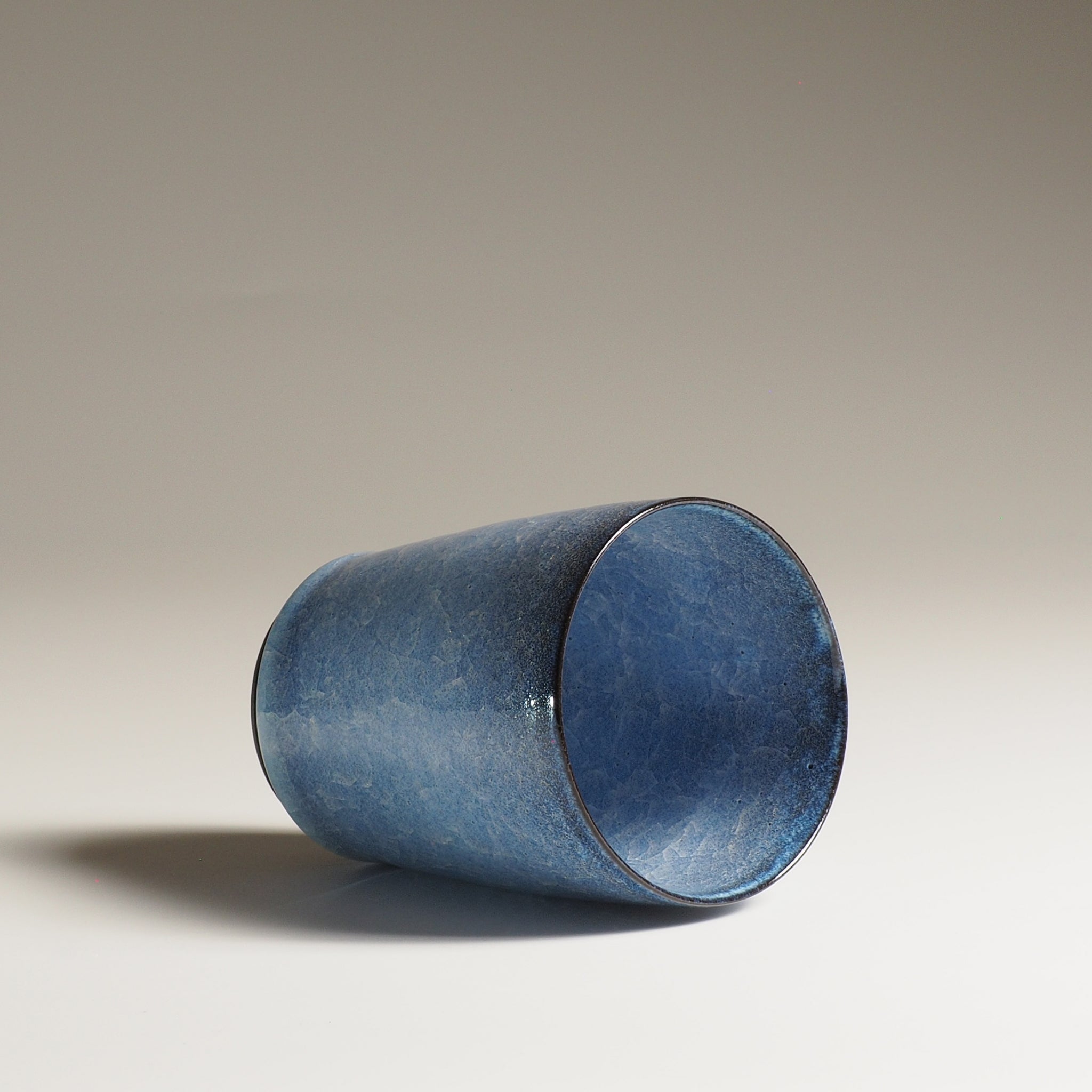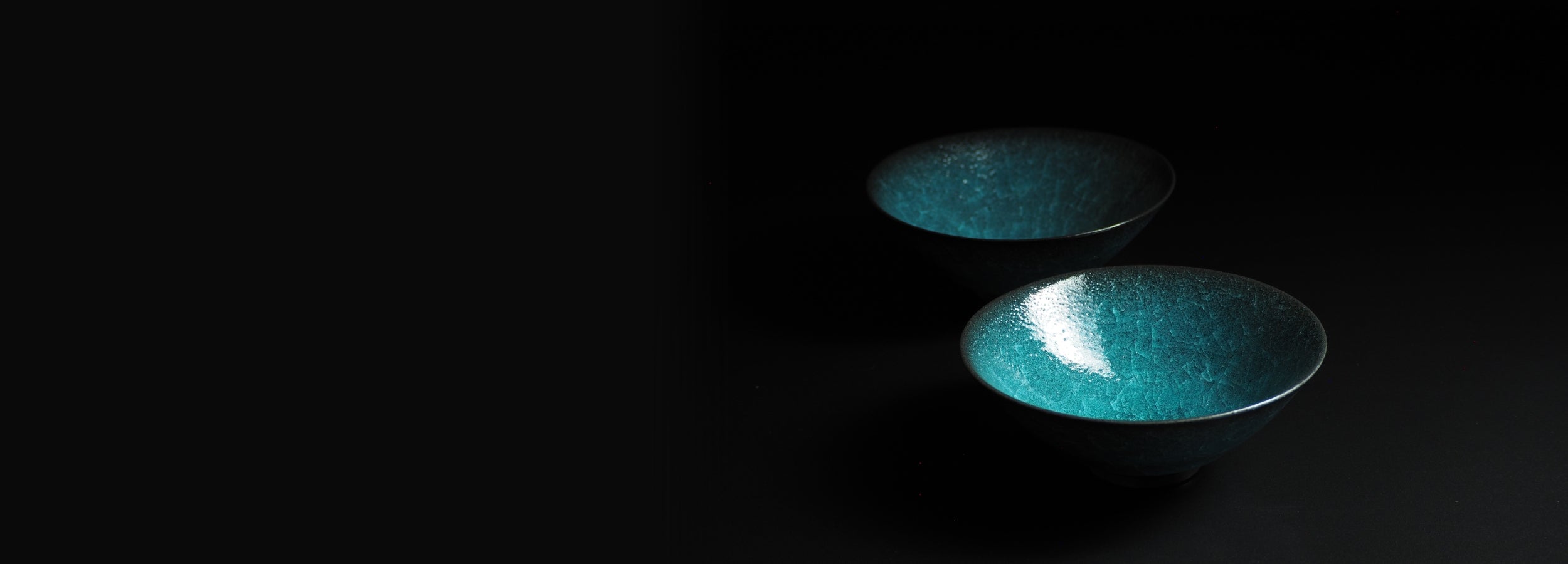More about Usurai Pottery
Unique Japanese Pottery
The story of Usurai Pottery begins with Kyoto-born master potter Taichi Kawai, a graduate of the Kyoto Institute of Traditional Crafts, where he majored in ceramics.
After refining his skills in Shigaraki, one of Japan’s Six Ancient Kilns, he went on to show his works in multiple national solo exhibitions, each one a step toward establishing his own identity as a ceramic artist.
In time, he founded Tōbō Usurai (陶房薄氷, “Usurai Pottery Studio”) in Kyoto, a place where form and feeling converge.
Kawai-san works with a rare and visually arresting glaze known as Hyōretsu Kannyū Yū (氷裂貫入釉), or “ice-fracture crackle glaze.”
This finish creates an intricate network of translucent lines beneath the surface, subtle and poetic, like frozen water beginning to thaw.
Though grounded in the legacy of Japanese pottery, his creations are meant to be lived with.
“I want my pottery to be used every day,” he says, “but I also want it to stop you for a moment, to make you think, ‘Wow, how beautiful.’ Depending on the light, each piece glows or shimmers. So take a closer look when you use it, there’s more than what first meets the eye.”
From ceramic mugs to slender sake cups, every form invites a pause, a moment of connection with the material, the maker, and the light.
The Beauty Within the Imperfections
What sets the crafts of Usurai Pottery apart is not only the shape, but also the quiet elegance of their textured surfaces.
The glazing technique used by Taichi Kawai is known in English as crackle glaze, and across France and much of Europe as craquelé. At the heart of this method is the Japanese technique called kannyū (貫入), where natural fractures appear in the glaze during the cooling process.
These fine cracks are not flaws. They embody the philosophy of wabi-sabi (侘寂), which values imperfection and irregularity. The result is a type of crackle glaze pottery where no two pieces are ever the same.
Look closely and you’ll see more than just ceramic crazing.
Beneath the surface lie tiny air bubbles and subtle mineral lines, permanently captured during firing. Some glazes flow in soft, uneven lines that resemble waves. They reflect light differently from every angle, revealing new layers with each use. Some surfaces shine like frost, while others absorb light like water.
Each piece encourages attention, reflection, and a slower way of seeing. This is not just Japanese pottery. It is a dialogue between fire, earth, and time.
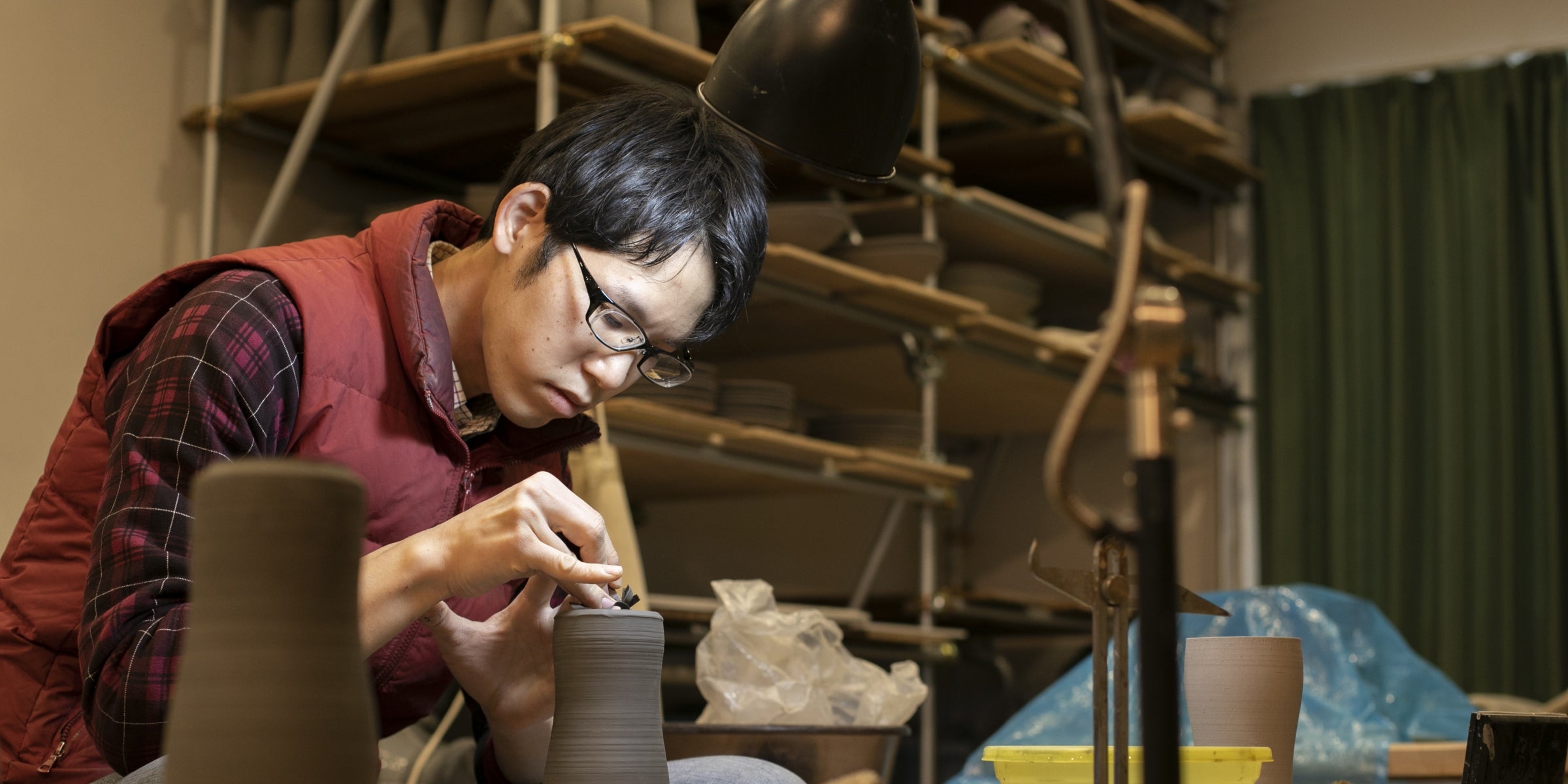
Taichi Kawai
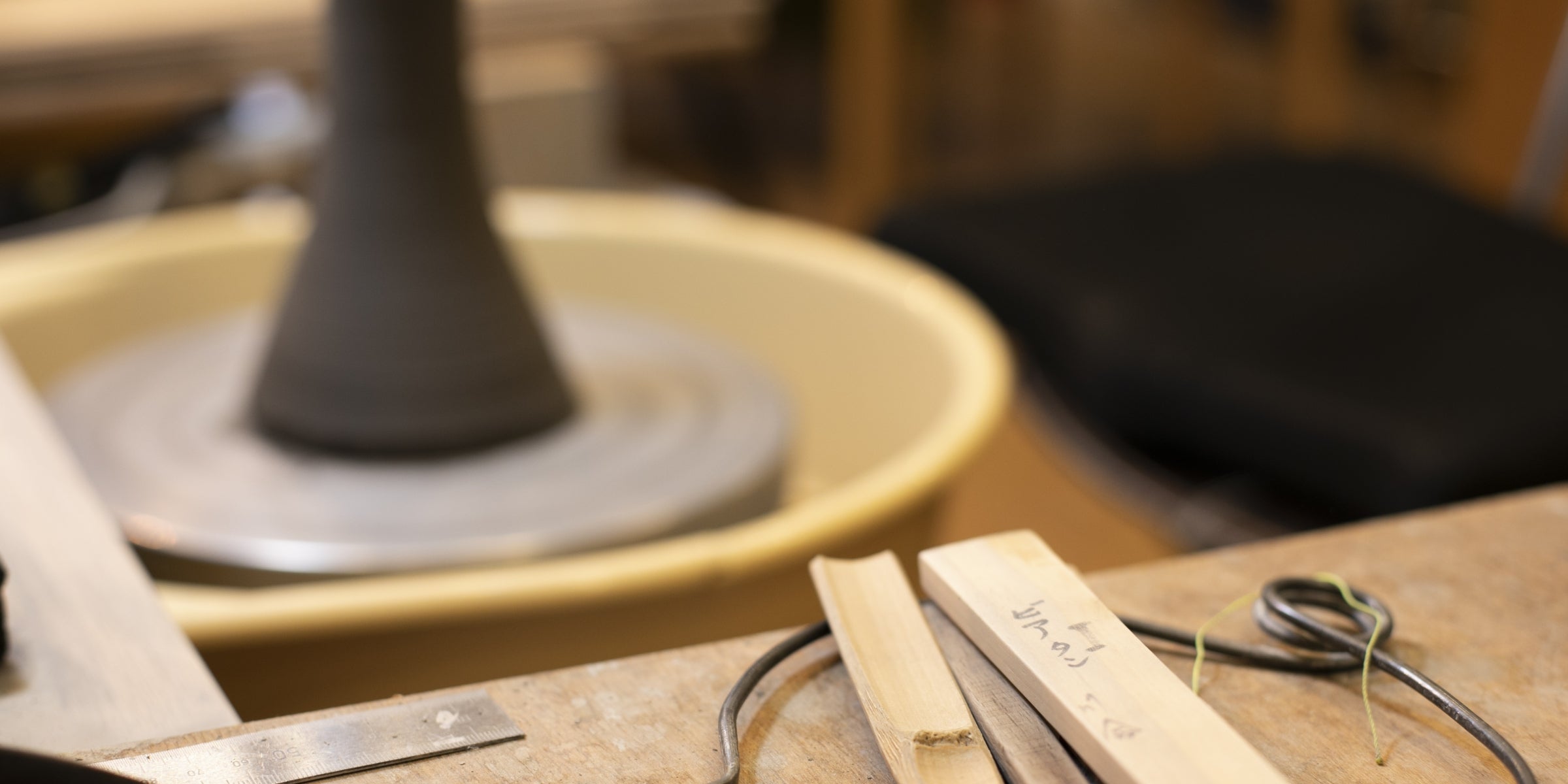
Usurai Workshop
Reflections in Clay
Where Light Meets Clay
Explore the delicate charm of ceramic crazing with Usurai’s tea mugs, pottery bowls, and sake cups.
Unique textures and shifting light for a refined, everyday ritual.
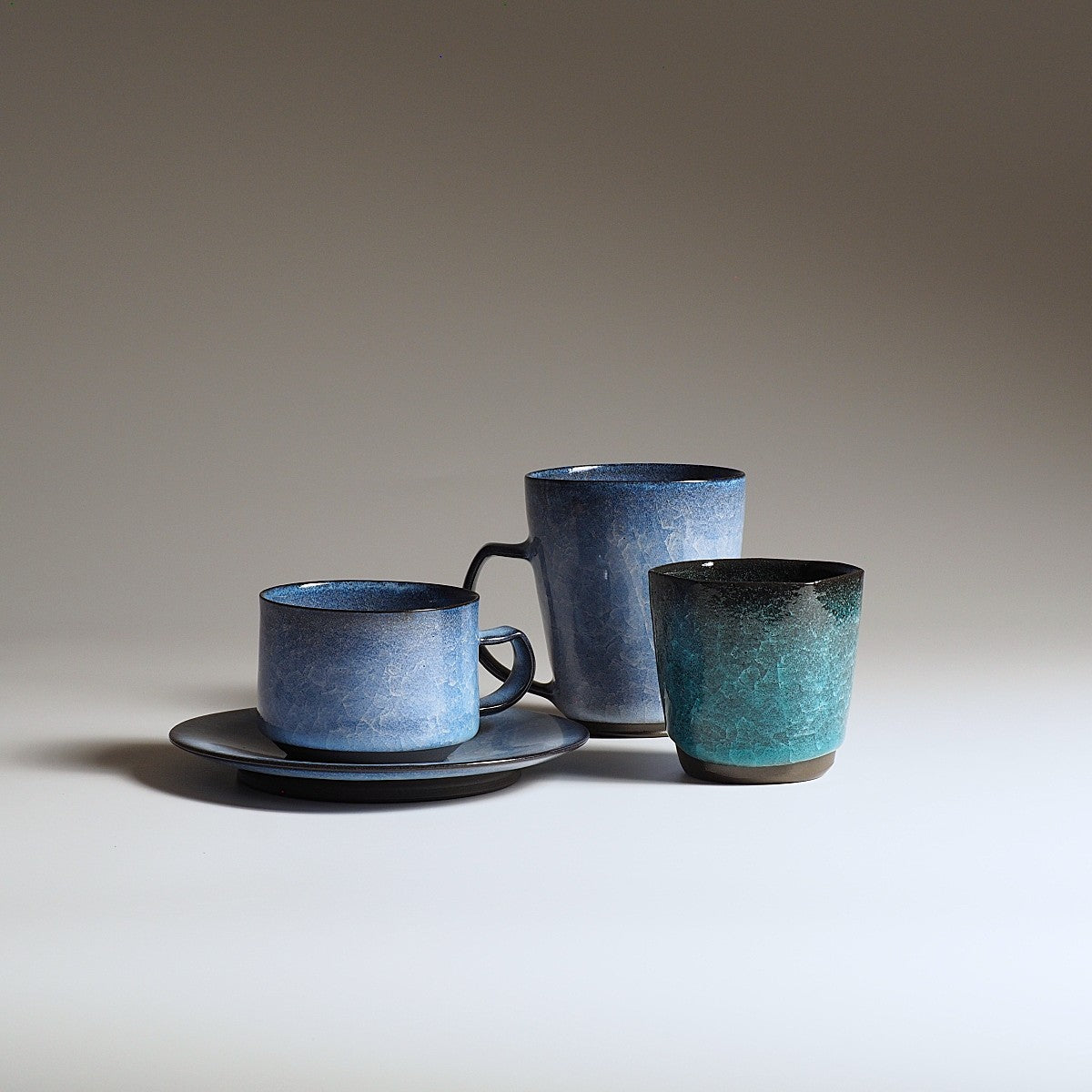
Shop the look

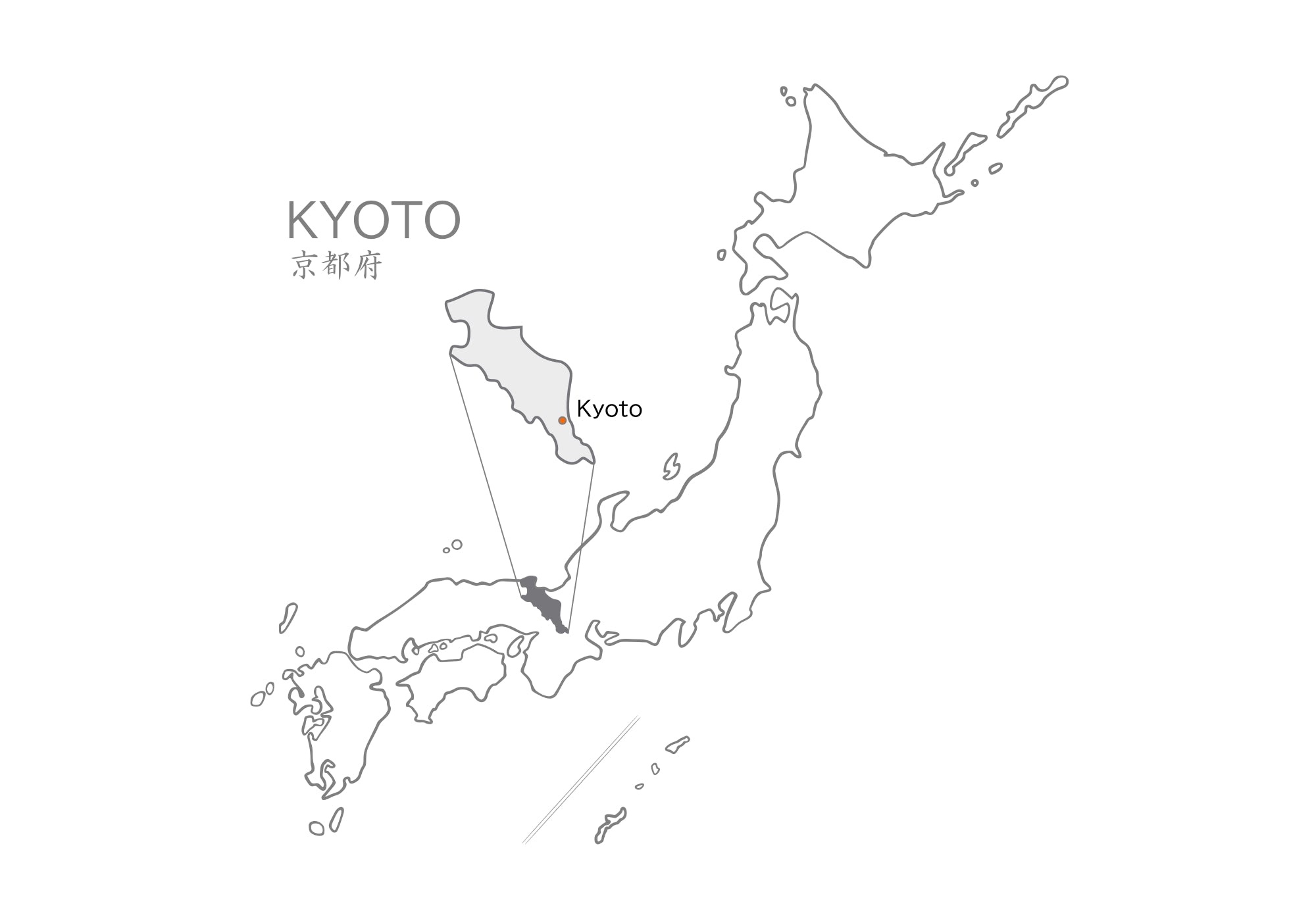
Usurai, Refinement Born in Kyoto
In Kyoto, a city with a long tradition of refined ceramics, Usurai Pottery finds its voice.
Drawing on the heritage of Shigaraki, one of Japan’s ancient pottery centers, Taichi Kawai brings a contemporary sensibility to time-honored methods.
The clean lines and subtle forms are rooted in tradition, yet feel unmistakably modern.
Each piece carries the quiet signature of kannyū (貫入), or ceramic crazing, not only as a mere decoration but as atmosphere, where clay and glaze meet light and evolve with use.
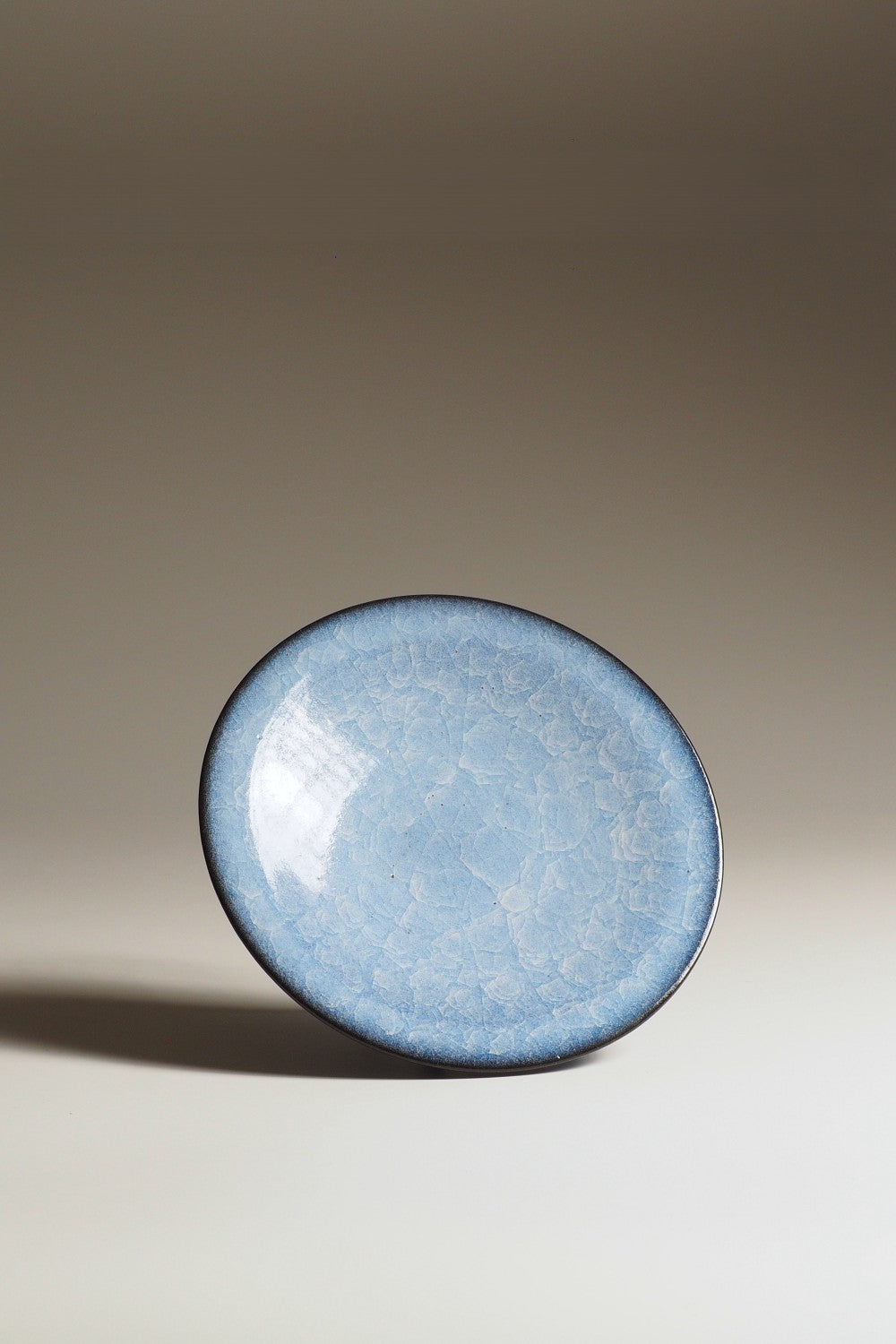
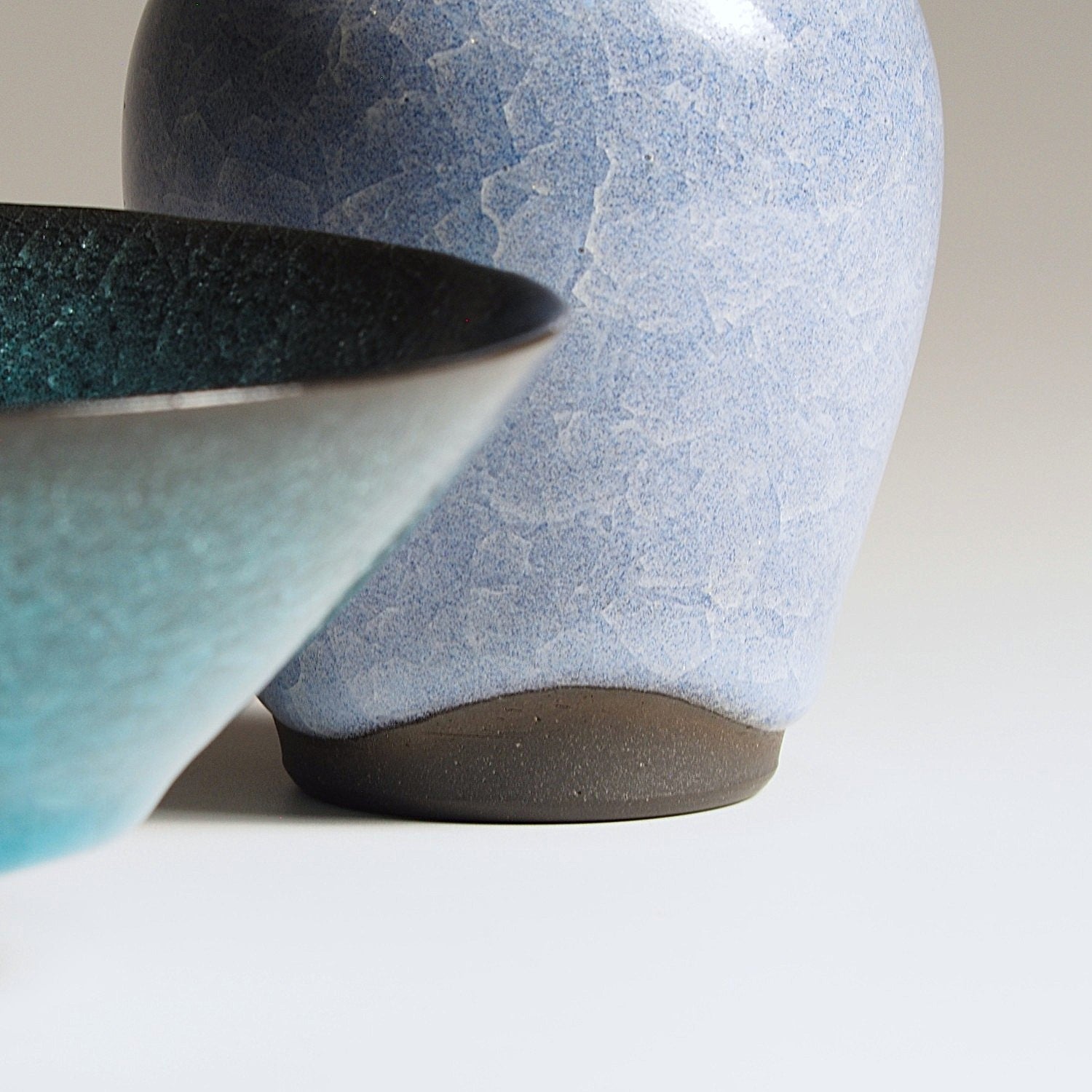
Featured Focus
When Stillness Takes Shape
Can a bowl ask you to pause? Can a cup hold a moment of beauty?
That is exactly what Usurai was made for.
As Kawai-san says, "I want people to stop for a while and admire the beauty."
From softly curved ceramic bowls to reflective handmade mugs and balanced sake cups, every piece is crafted to awaken awareness; to light, texture, and quiet feeling.
This is not decorative ceramics. It is Japanese pottery created with presence in mind shaped slowly, finished with care, and designed to be felt as much as seen.


